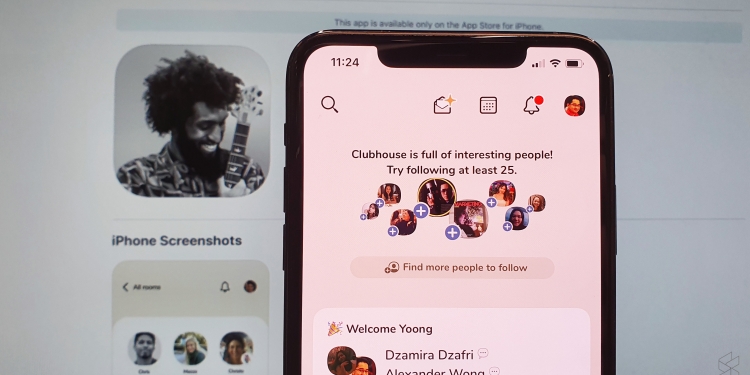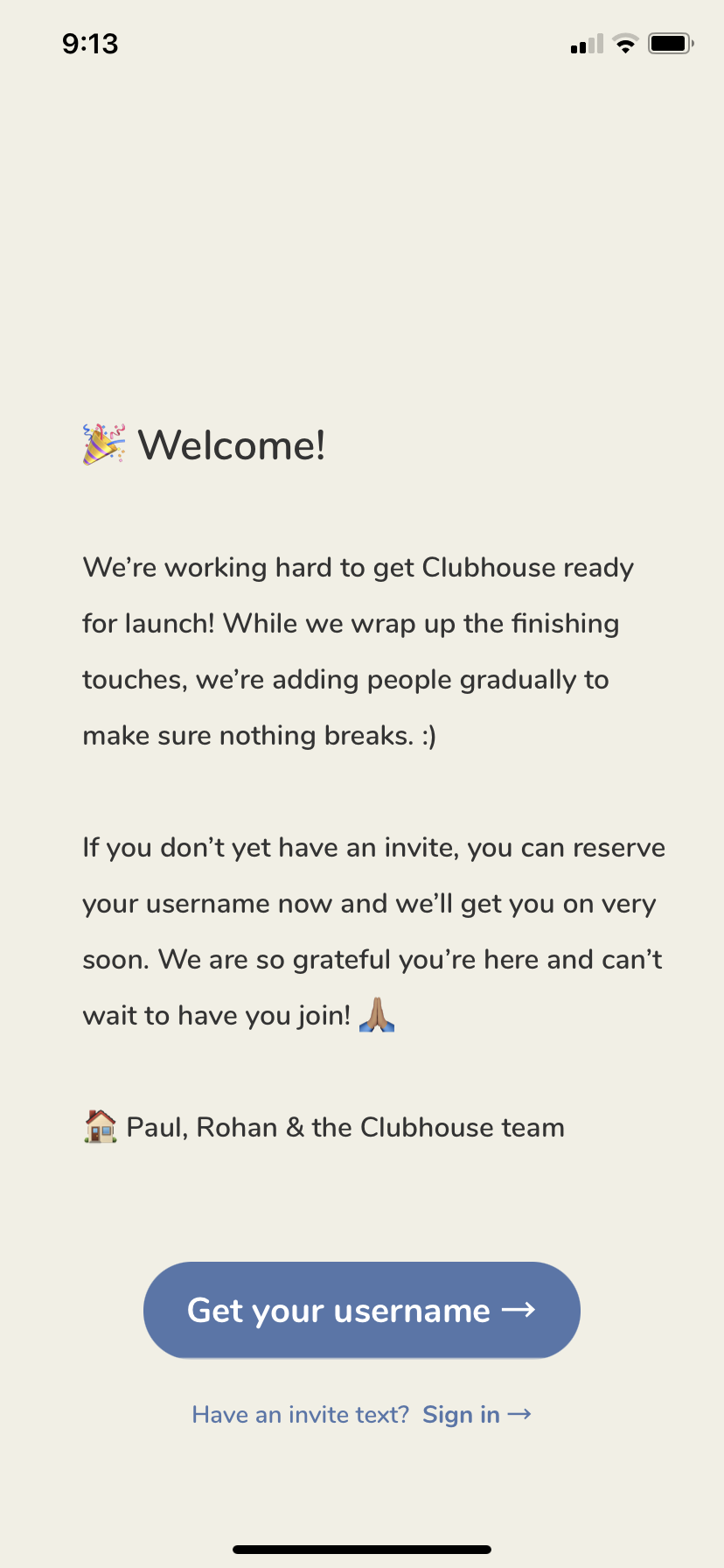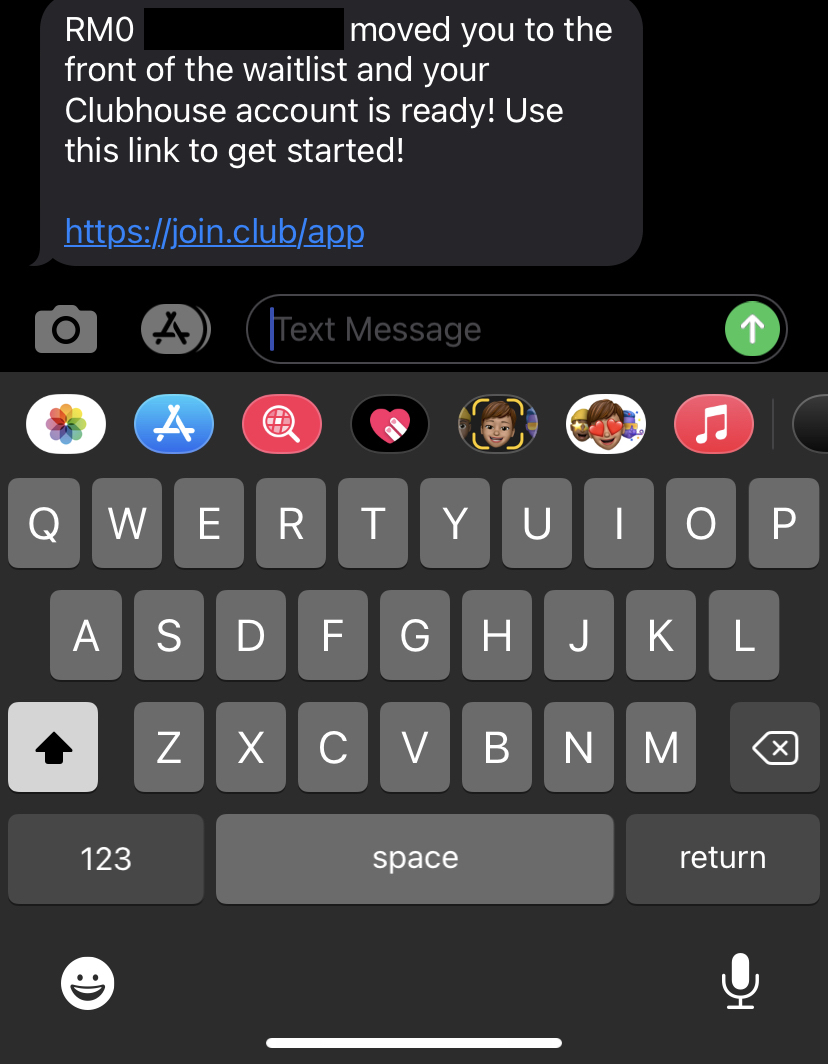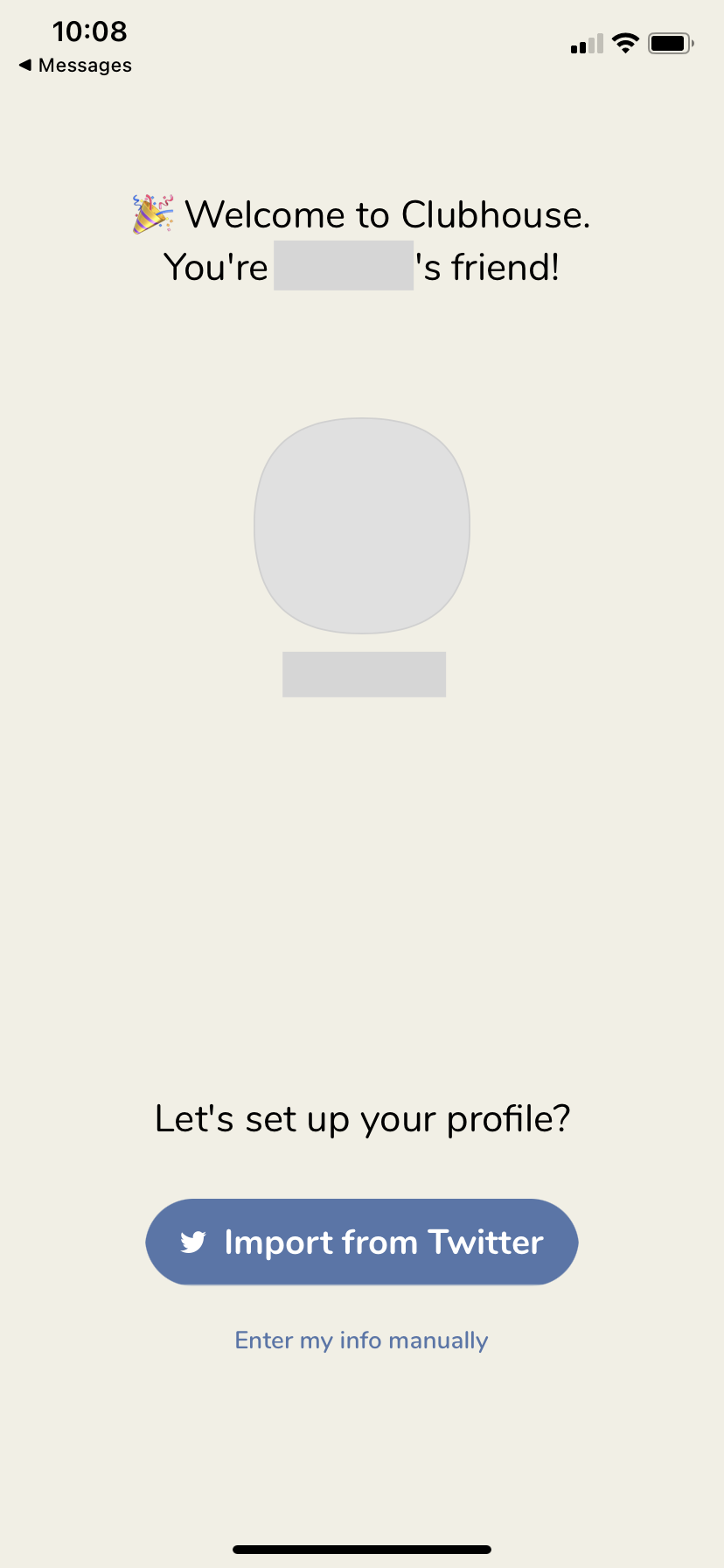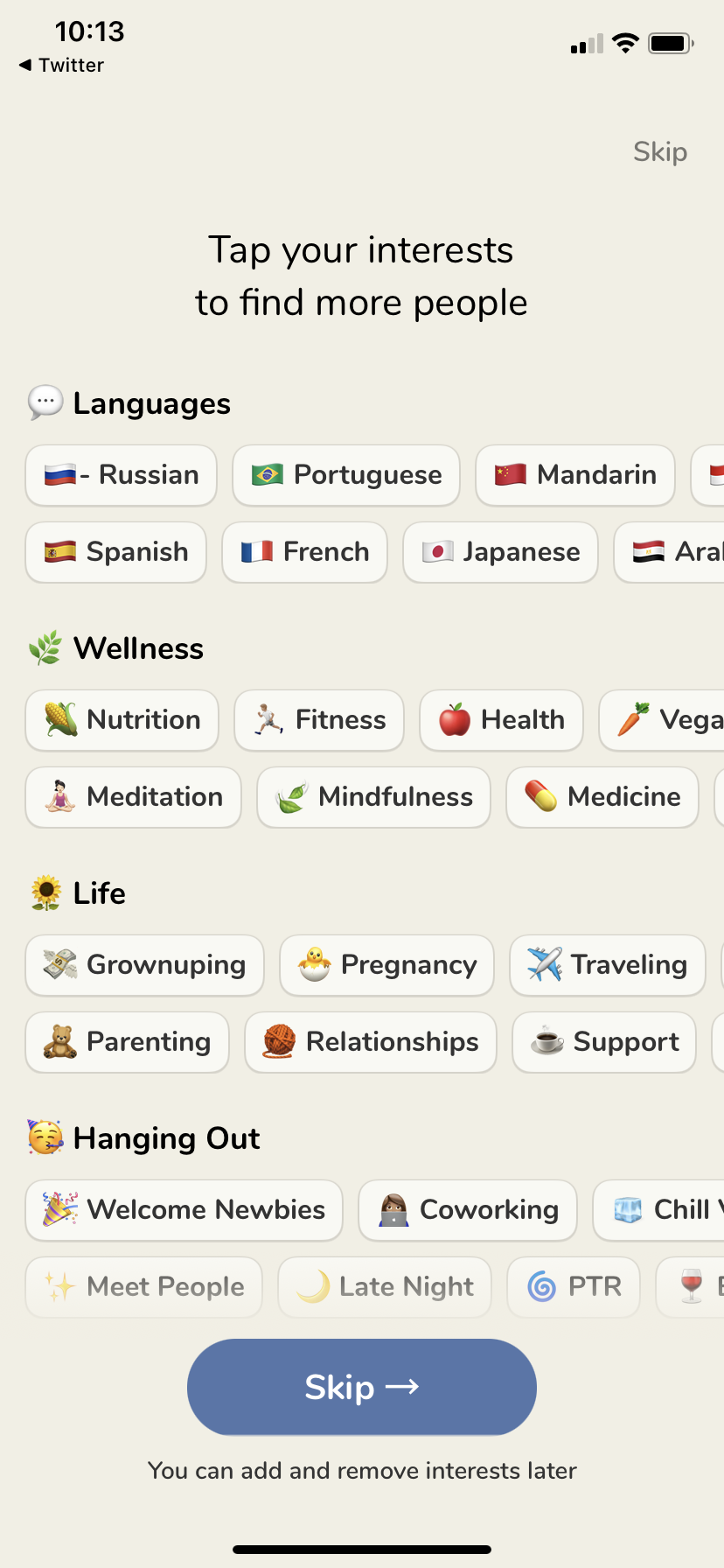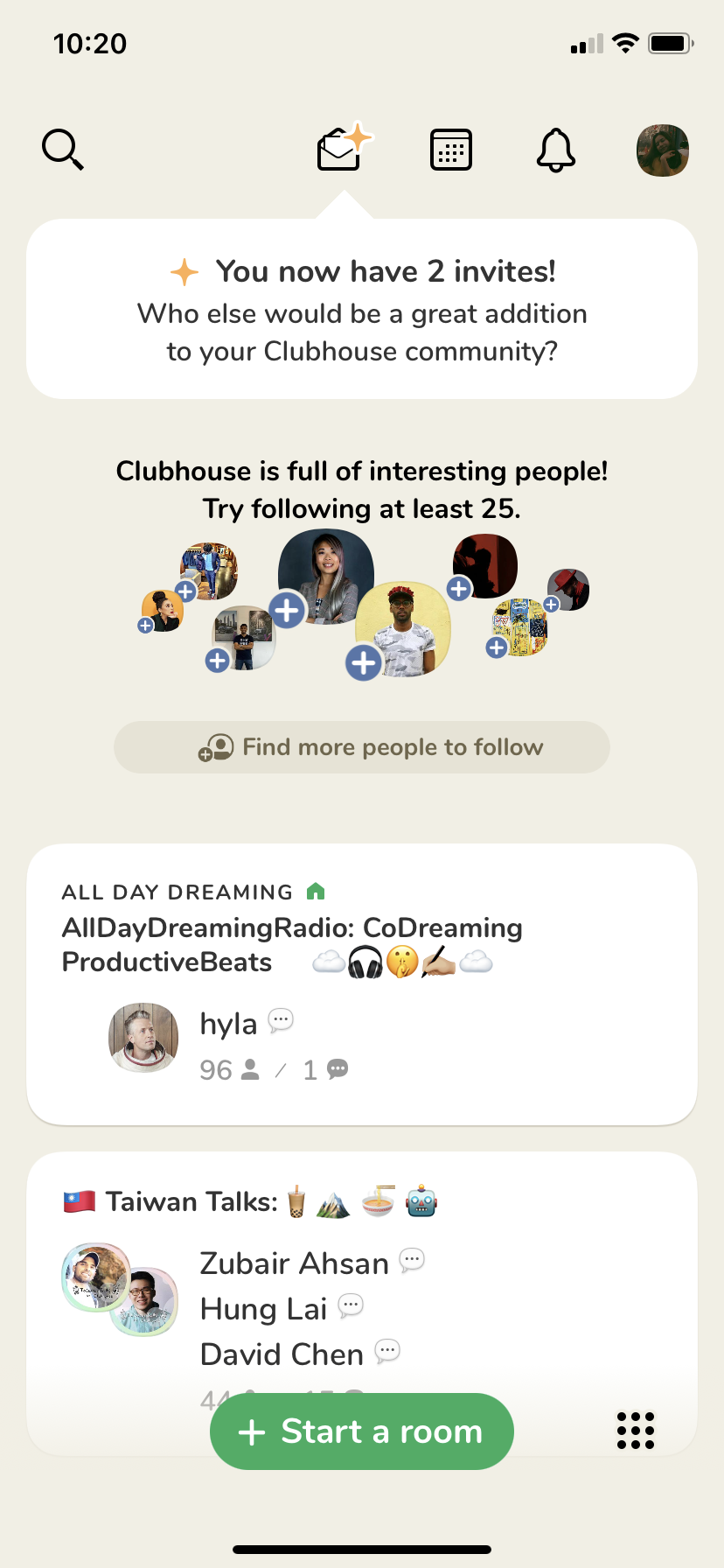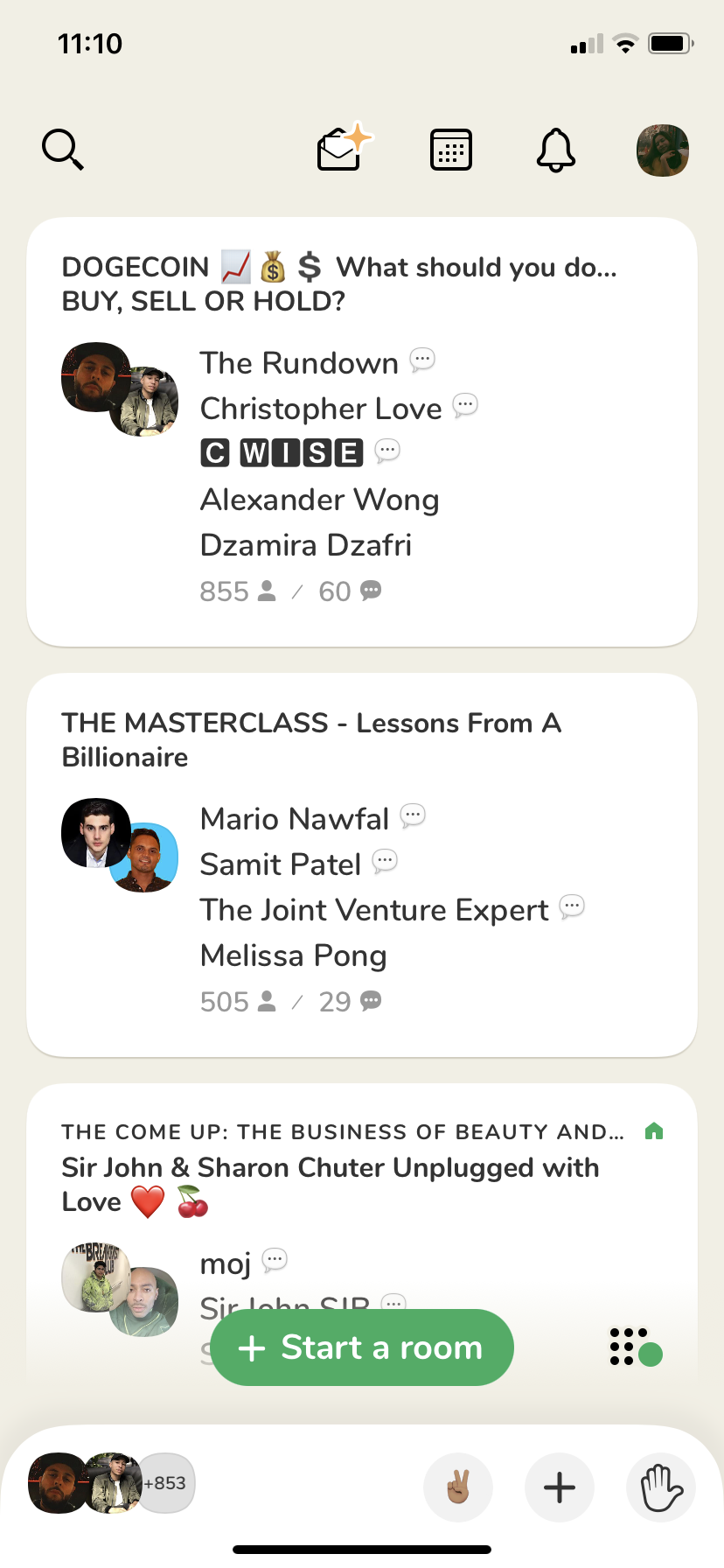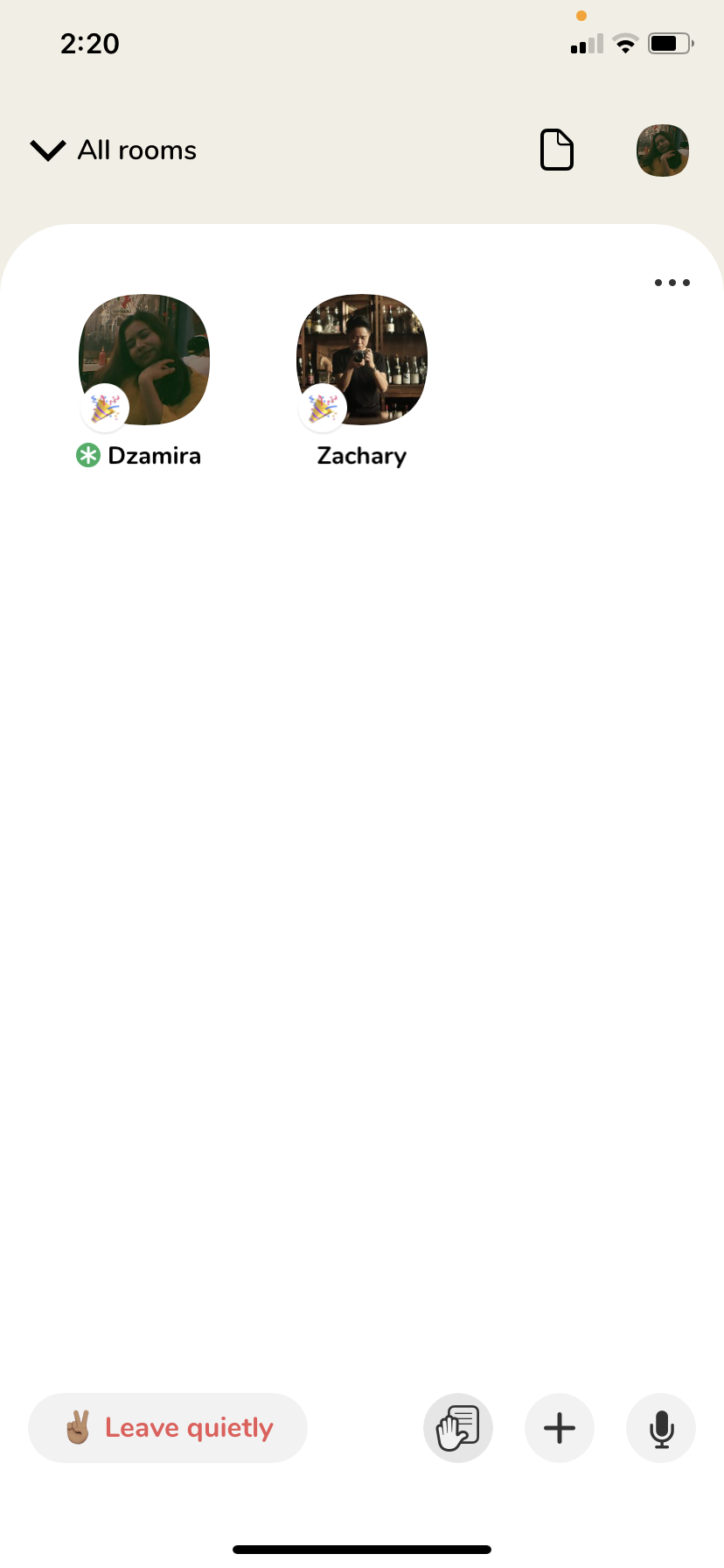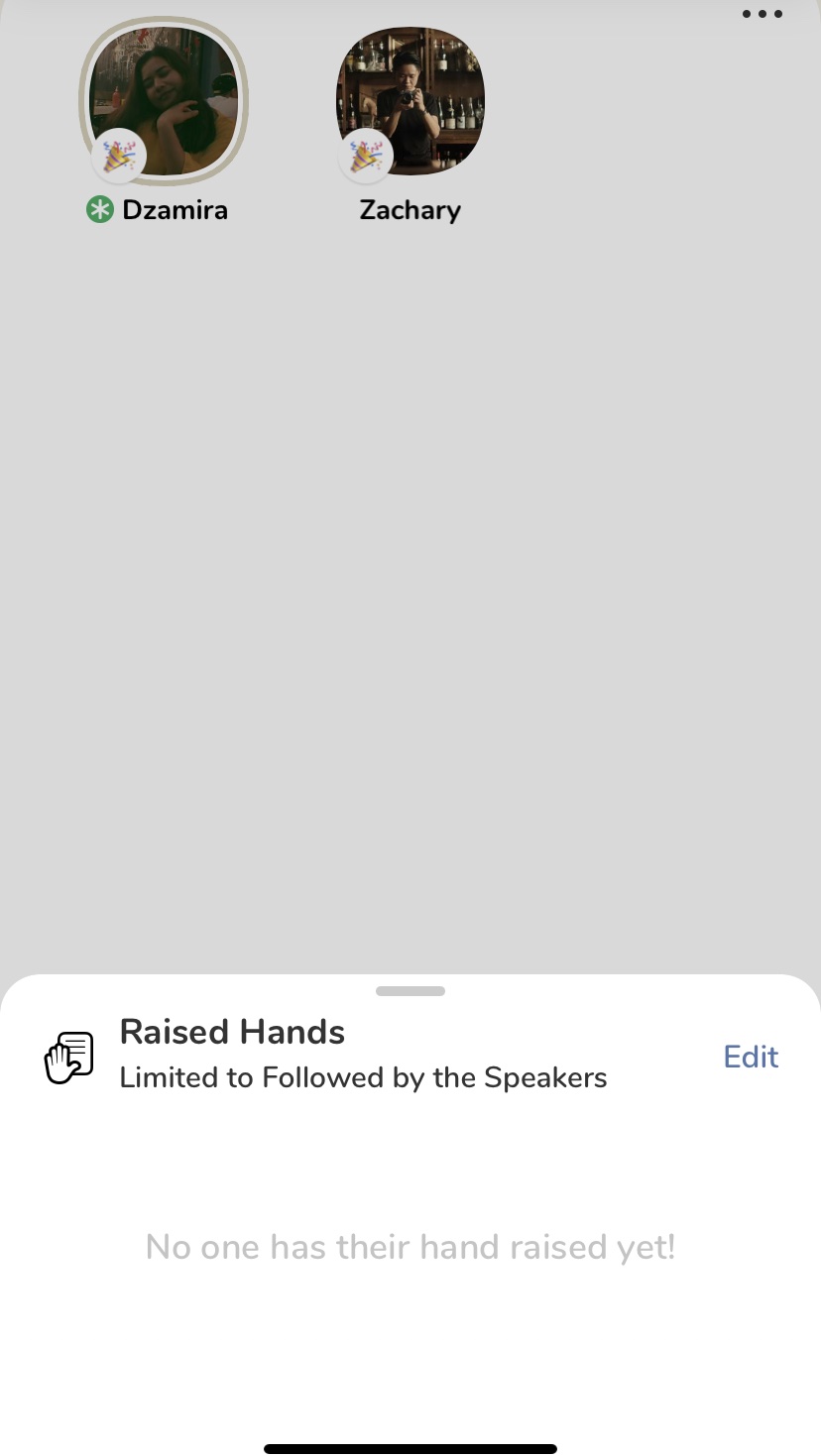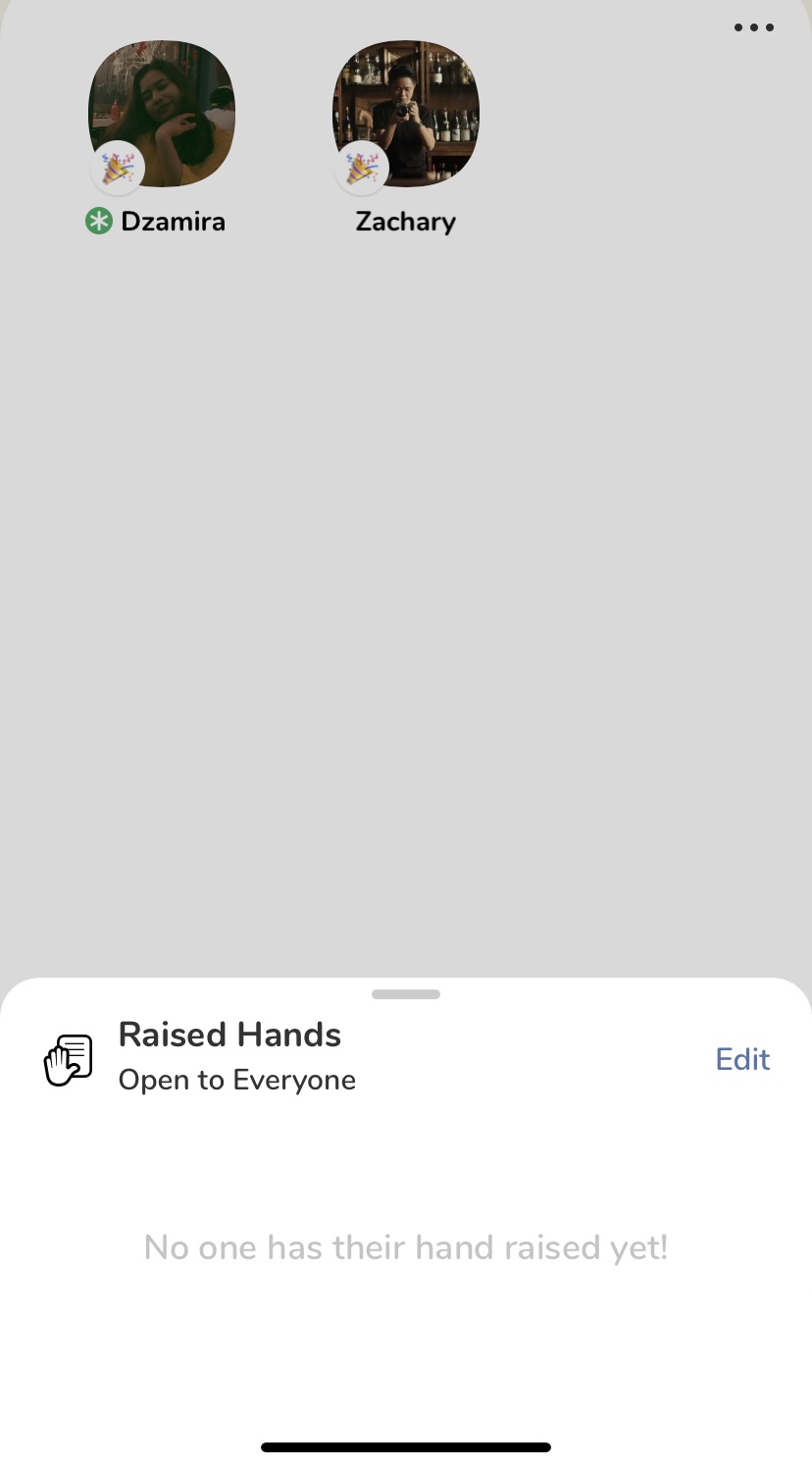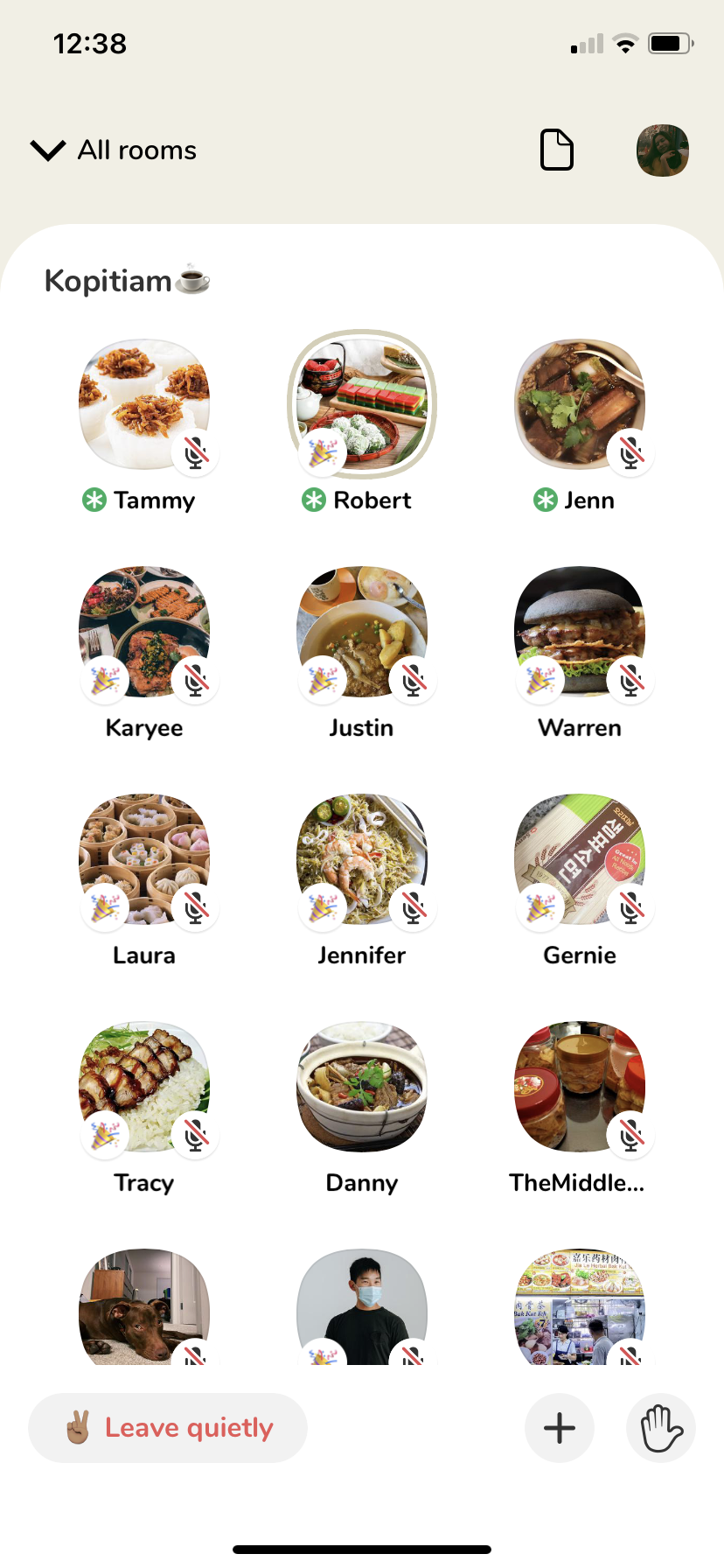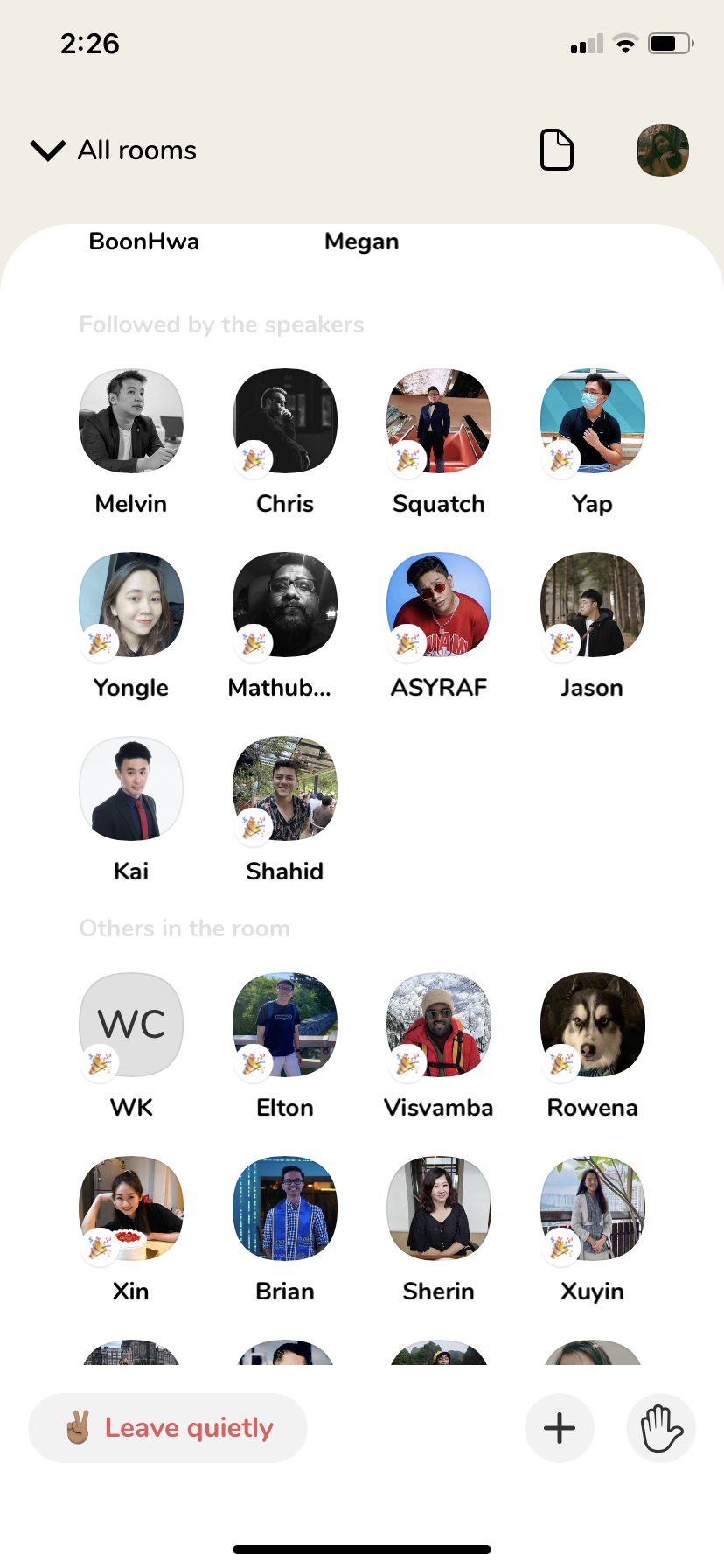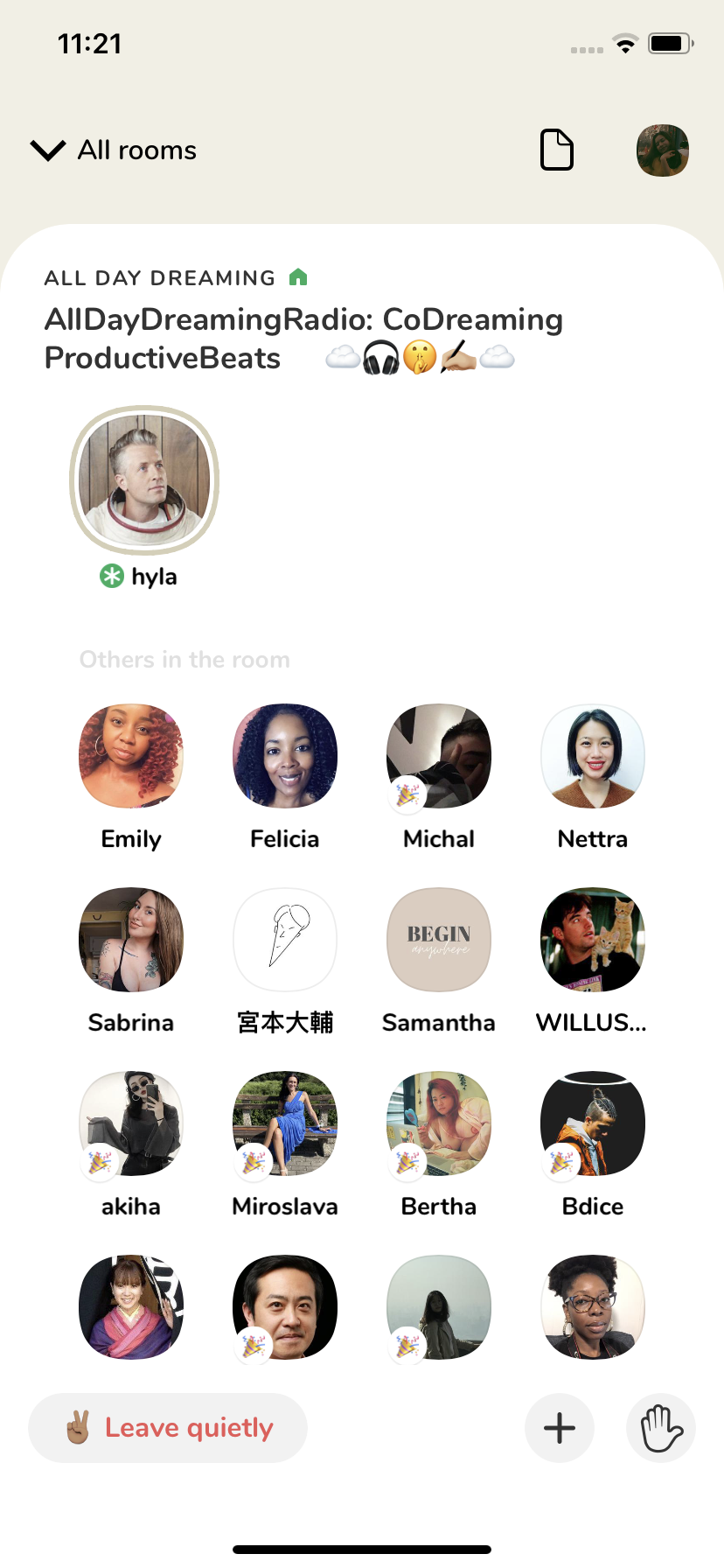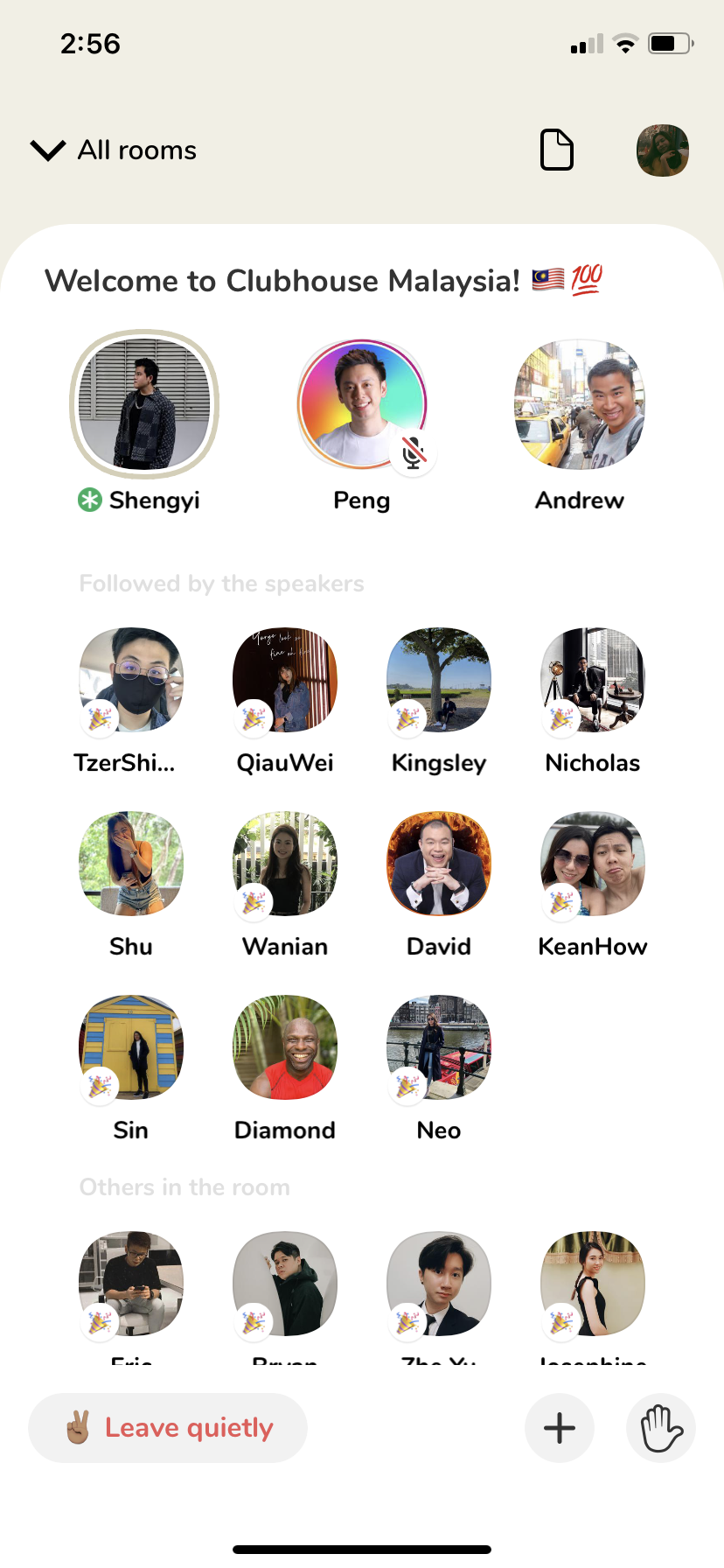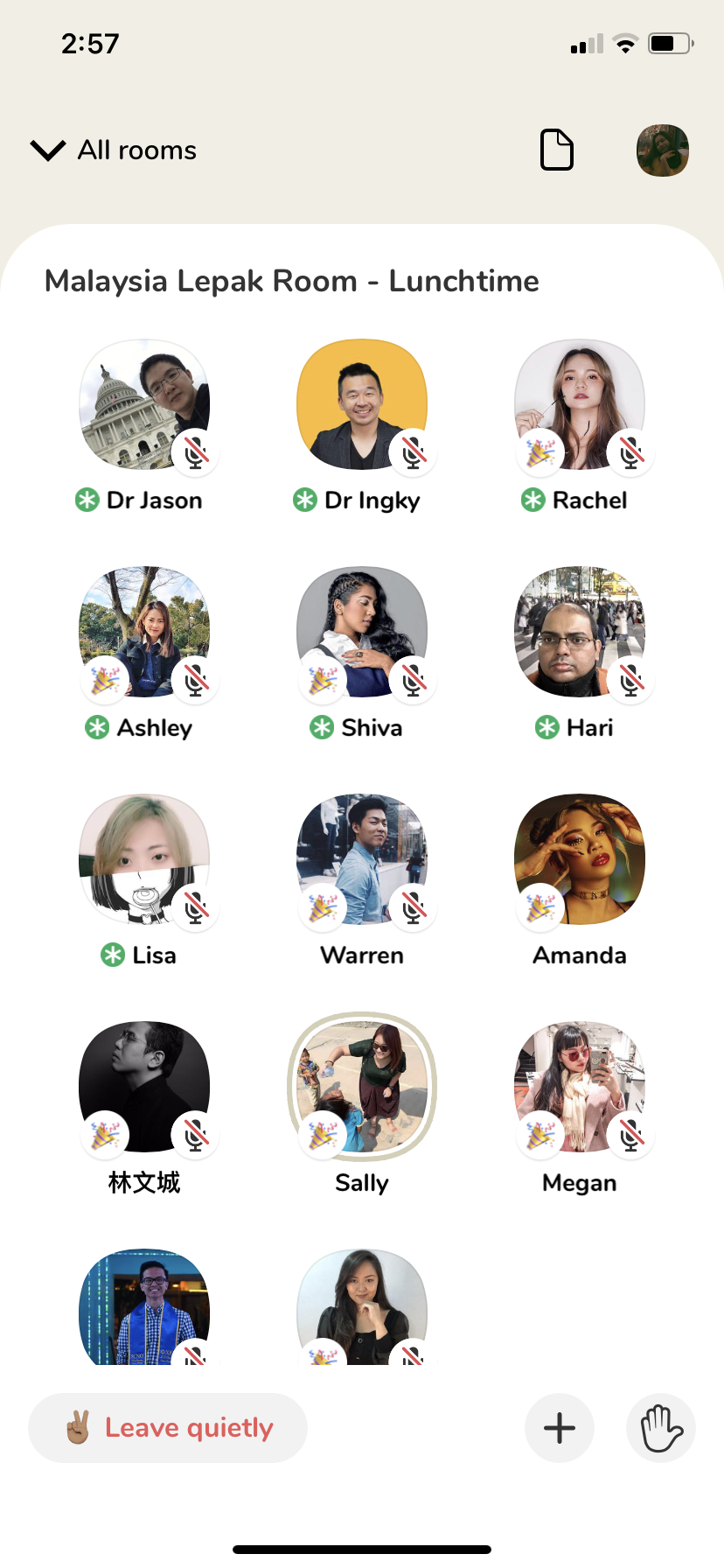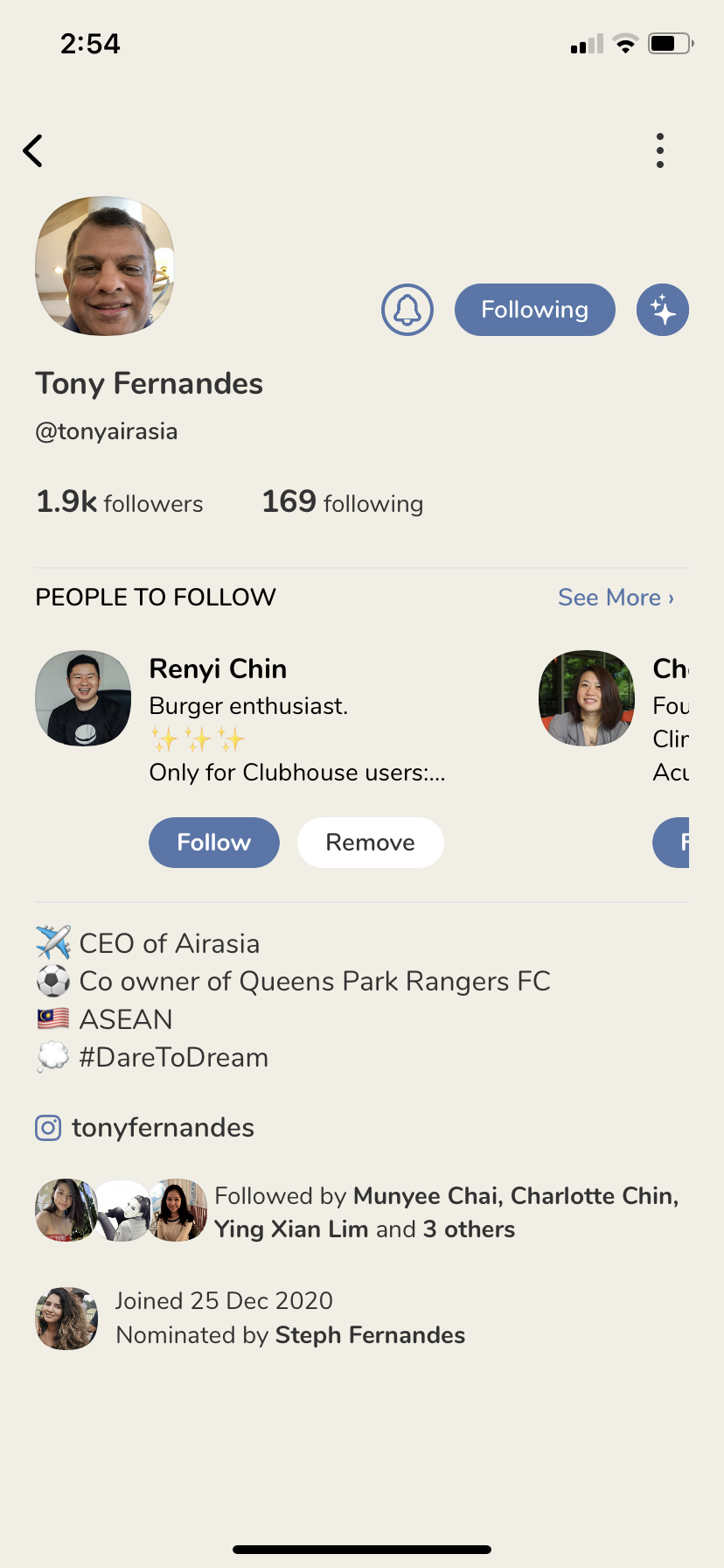You might have seen Clubhouse being mentioned on social media every once in a while—and even more so if you follow business or tech-minded people. You might also know that the trending app is invitation-only, but here’s a run-down on what Clubhouse is.
What is Clubhouse?
Clubhouse only launched in 2020, but it is already valued at USD 1 billion (about RM4 billion). It is also still in beta and requires an invite to join, but it currently already has 2 million users. Clubhouse eventually plans to open the app to anyone who wants to join “soon”, and are working on the Android version of the app—as it currently is only available for iPhone users.
The app is basically an audio chat-platform—similar to chat rooms. However, instead of instant messaging, it’s real-time audio. Anyone can start a “room” that others can join, and there are plenty of different “rooms” that you can “attend” based on your interests.
“Our goal was to build a social experience that felt more human—where instead of posting, you could gather with other people and talk,” said the Clubhouse team.
How to join Clubhouse
You’re only able to join Clubhouse if you’ve been invited. But if you haven’t, you can still “reserve your username” to put you on the waitlist. Along with your chosen username, you’ll also be asked to add your phone number.
You are more likely to be added in if you have friends and contacts who are already in Clubhouse. You could ask them to add you, or hope that someone is kind enough to use up their invites to add you in (I was given only two invites when I first joined).
There are also Clubhouse invites on sale on Shopee, but I don’t recommend it—especially when the app’s team is planning to release it publicly. There are also sometimes kind-hearted netizens on Twitter who are willing to invite people in for free, so look out for them.
How to navigate through Clubhouse
Once you’ve gotten yourself into Clubhouse, you can choose several interests to help you find people to follow (or to skip it entirely). You can also add people based on your phone list.
You’ll then be able to see several “rooms” based on your interests and what “rooms” your friends are attending. You can also “start a room”and add your friends in—it feels talking on a Discord server. The room can be open to everyone, just in your social circle, or it can be a closed group of just people you’ve invited.
As a moderator, you’re able to control who gets speaking privileges. Listeners can “raise their hand” to ask to speak, and you can open that option up to everyone, or just your friends.
The rooms you can join can range between heavily moderated groups that will only let featured speakers talk, to more casual groups that you can talk to by “raising your hand” with the icon on the bottom right. You can also “leave quietly” option to… leave the room.
Each room’s limit is just about 5,000 users. Users who want to join a full room can keep trying to enter in case someone chooses to leave. Elon Musk used a Chatroom to talk on 1 February 2021, which made the app even more popular. His official stream maxed out with more than 5,000, so people joined “overflow” rooms in the app to listen in.
Everything is live, and conversations aren’t saved. People are also free to jump from room to room.
What can you find on Clubhouse?
On my first day, I was able to follow some friends and acquaintances who already have the app. I was also able to find several “chat rooms” that are locally based—like “Welcome to Clubhouse Malaysia” and “Malaysia Lepak Room”.
You can use these “rooms” to talk and mingle with people—something entrepreneurs other like-minded people might have missed ever since the pandemic. Airasia CEO Tony Fernandez has also joined the app since Christmas 2020, which means that you might even bump into him in one of Clubhouse’s “rooms”.
I’ve come across “rooms” where actors and filmmakers talk about their upcoming movie like a podcast with a live audience of up to 5,000 people. “Rooms” can also be highly specific and creative, like a group of Black actors and producers staging a live production of The Lion King.
However, there are also some pretty unwholesome additions to Clubhouse. The app has dealt with bullying, harassment and anti-Semitism on its platform. There are also some NSFW rooms where people take turns moaning—actor Lakeith Stanfield uses Clubhouse to moan to users for USD 300.
You’d also have to take note that Clubhouse isn’t a private space. You’d need to be careful when chatting with another person in non-private “rooms”, as a common friend will be able to see the “room” and join in the conversation as well.
While it’s still early to see if Clubhouse will stick around as long as TikTok has, but it seems promising. Eventually inviting more people onto the app would also help create even more creative content, but for now it feels kind of nice to be included in something semi-exclusive.
However, Twitter is also testing out a live audio chat platform called Spaces—which means that Clubhouse might potentially see some competition. Twitter also says that Spaces will only be open to “a limited group of individuals” before it’s available for the public.
[ SOURCE ]

